By Mark Bloom
An investor is better off, over any medium- to long-term investment horizon, to hold a real estate asset as a rental rather than flipping or selling that asset, so long as the following are in place:
- The ability to obtain credit and withstand outlays for occasional, non-reoccurring expenses.
- The rental property is in almost any major metropolitan U.S. city.
- It generates a positive net operating income, after property management expenses or homeowners association expenses, greater than the monthly principal, interest, taxes and insurance payment on a fixed rate note with an amortization of less than 30 years.
Buy-to-rent has advantages when doing a rehab
Buy-to-rent also has advantages in the rehab area.
A rehab for a rental inevitably will be cheaper, for two reasons.
The first is that when dealing with the aesthetic parts of a rental, you will almost always use lesser but serviceable finishes. Rather than slab granite, an investor should use granite tile or even Formica. Rather than using wood, use wood laminate or tile.
Additionally, you have the increased ability to salvage elements and fixtures that can possibly be recycled and cleaned to a like-new finish.
There is less need to advertise all things “new” in a rental. Since the tenant never has any ownership interest in the property, his need and expectation of “all-new and perfect” is greatly reduced.
But remember, shortcuts and lower quality may make you less competitive in your chosen rental market. Here a little research is important. What are other landlords offering?
The buy-to-rent and hold strategy
Buy-to-rent has advantages over fix & flip loan payment options. For instance, the carrying costs on a rental project will in most cases be lower than a flip. This is due in part to the scope of rehab, which may also reduce renovation time.
Let’s assume that both the flip rehab and the rental rehab would take 30 days. With a flip you have a national average of approximately 90 days on market and then another 30 days, minimum, to close the loan. That is four months of additional time with no income at all. Conversely, with a rental, you should have a paying tenant within days of finishing your rehab if you market correctly. This should stop most, if not all, negative cash flow, even on a hard money loan.
Buy-to-rent has tax advantages, as well. Selling a flip immediately creates a taxable event, and if you do more than four a year that may create tax consequences for you as a dealer. There are ways to defer that taxable event, but there is no way to avoid paying the government on a gain, other than to show write-offs or loss.
Buy-to-hold rentals create a shelter
A flip by its nature must have profit above loss to be profitable.
Rentals, however, create a shelter so they may be profitable without realizing a gain and creating a taxable event. The only taxable gain from a held rental is annual cash flow.
Tax can be avoided by using the tax shelter that this same rental creates. (The government created these tax shelters to incentivize people to buy and hold real estate to rent as affordable housing.) One does not have to be a savvy investor to understand that keeping cash is better than giving it away.
The buy-to-rent appreciation factor
Buy-to-rent has the appreciation factor.
The laws of supply and demand are firm.
All markets function based on these two factors. To show how this benefits buy-to-rent, consider the growth patterns of two Texas cities: Austin and Dallas. The population of each has exploded over the past half century, and is projected to more than double again by 2040.
Both of these cities have, for all intents and purposes, reached build-out inside the loop. Although both of these cities have plenty of dirt surrounding them, trends show the growth is happening in the urban rather than suburban areas due to concern over the environment, commute times, fuel costs and public transit. 2012 marked the point, in the last 20 years, where urban populations as a whole grew faster than suburban populations, and this is expected to continue. This is certain to push rents and values ever higher.
If investing is risk versus return, rentals have a lower beta/risk and a higher ROI than most short-term real estate investments. We have all heard someone say, “I sold that house 20 years ago; I really wish I had held it.”
However, the opposite, or “I’ve owned that house for 20 years; I really wish I had sold it back then.” is rarely uttered.
Remember the points about buy-to-rent:
 • Buy-to-rent offers rehab advantages
• Buy-to-rent offers rehab advantages
• Buy-to rent offers loan and financing advantages over a fix & flip
• Buy-to-rent offers tax advantages over fix & flip
• Supply and demand will continue to push up the need for rentals
About the author:
Mark Bloom is president of NetWorth Realty of Dallas/Fort Worth and is a licensed real estate broker, licensed mortgage broker and licensed loan officer. He began investing in real estate while working as in-house legal counsel for a prominent national developer and now, with his own company, helps clients buy, sell and hold property investments. He also is a regular speaker at local and regional real estate events and conferences. Bloom earned a degree in law and a Masters of Finance specializing in investments from the University of Miami.
Other stories in this buy-to-rent series:
How to evaluate a buy-to-rent strategy that is right for you
5 secrets to successful buy-to-rent investing
Is buy-to-rent real estate investing a good fit for a self-directed IRA?
[hs_form id=”4″]



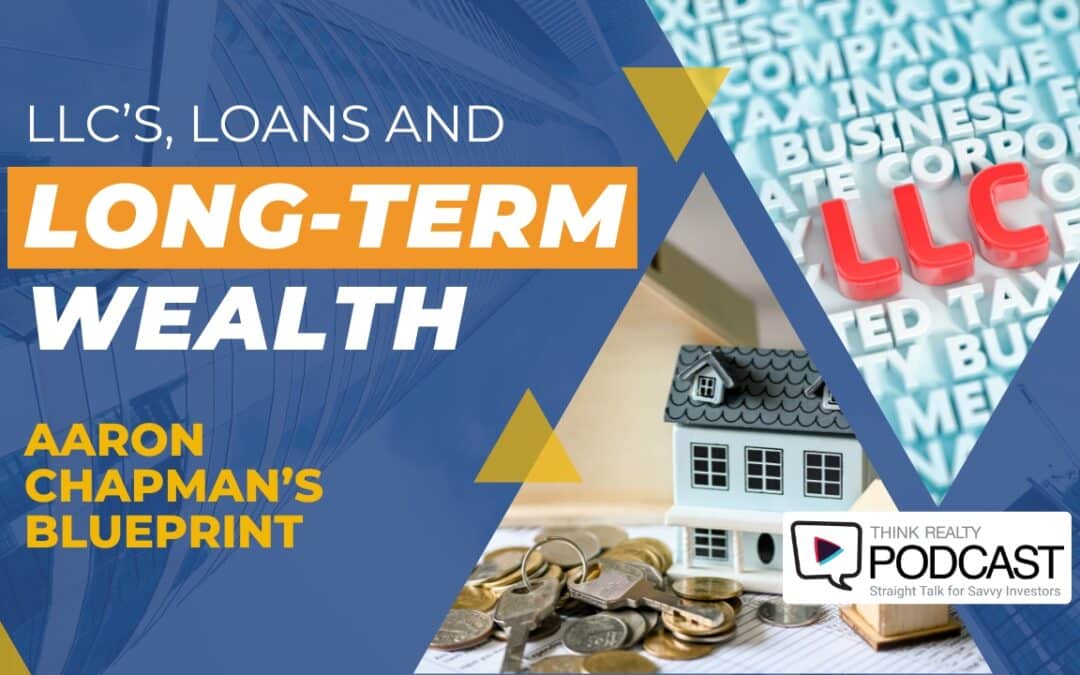





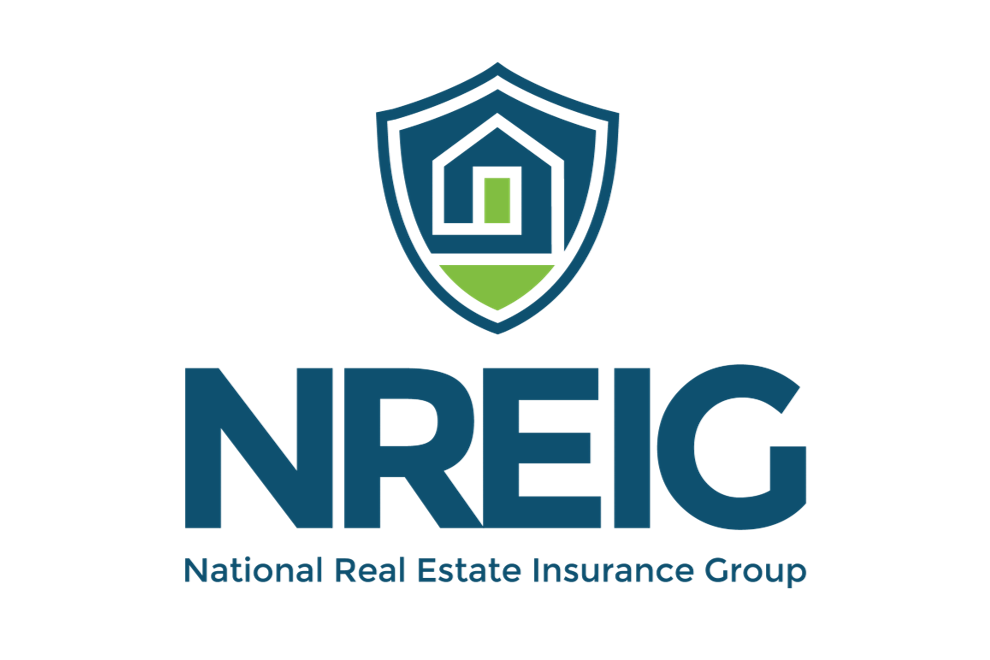


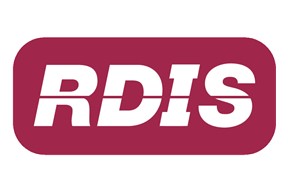
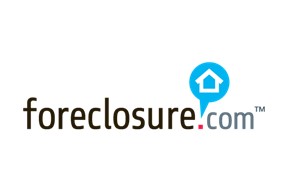
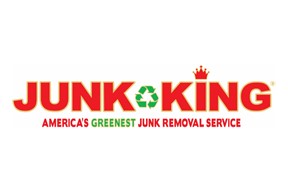
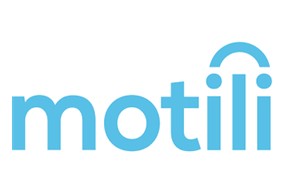


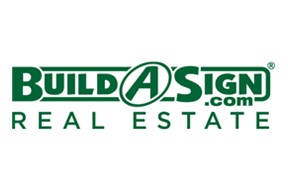


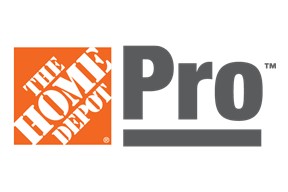

0 Comments